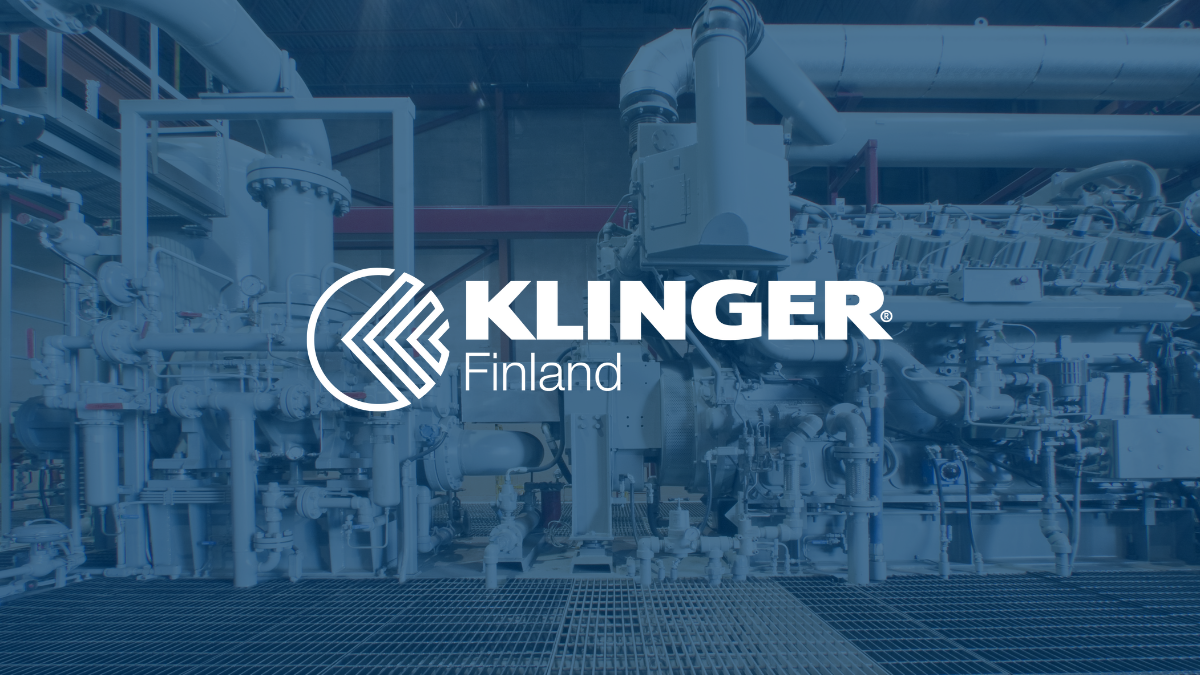A plug valve is a widely used type of industrial valve that controls and shuts off the flow of liquids and gases in pipelines. The valve operates using a rotating plug that opens and closes with a 90-degree turn. This simple yet effective design makes plug valves a reliable choice for various industrial processes.
What is a plug valve and how does it work?
A plug valve is an industrial valve whose closing element is a rotating plug or ball. The valve opens and closes with a quarter turn, enabling quick operation and precise flow control.
The basic structure consists of a valve body, plug, seals, and actuator. The plug is perforated so that it allows the flow medium to pass through in the open position. In the closed position, the plug is turned 90 degrees to completely block the flow.
The valve body material can be selected according to the application requirements, ranging from carbon steel to stainless steel or even several high alloyd special steel grades. KLINGER Finland’s product range also includes multi-way, full-bore, and jacketed plug valves, as well as rising-stem ball valves and double block & bleed (DBB) valves.
KLINGER Finland’s 3Z plug valves are available with PTFE, sleeved and lined. PTFE seals ensure reliable tightness and are available in different grades depending on the application’s temperature and medium aggressiveness. The maximum operating temperature for plug valves is up to 320 °C.
How are plug valves used in industry?
Plug valves are used extensively across various industrial sectors due to their reliability and versatility. The most common applications are found in process industries where rapid and precise flow control is required.
In mining and metal industry, plug valves are used in ore processing and water treatment. In oil and petrochemical industry, they are well-suited for handling aggressive chemicals.
In pulp and paper industry, plug valves regulate process flows and chemical dosing. In water treatment and the energy sector, they operate reliably under various temperature and pressure conditions.
How to select the right plug valve for your process?
Selecting the correct plug valve requires careful analysis of process engineering requirements. The most important selection criteria are operating pressure, temperature, flow medium, and material requirements.
In addition to pressure and temperature, the properties of the flow medium must be considered. Corrosive chemicals require stainless steel materials, while high temperatures require special seals.
Connection options include flanged, welded (SW and BW), or threaded depending on the installation site. Industrial automation may require electric or pneumatic actuators instead of manual operation.
Plug valve maintenance and upkeep
Regular maintenance ensures the long service life and reliable operation of plug valves. The most common maintenance procedures include seal inspection, lubrication, and operational testing.
Signs of replacement needs include leaks, difficult operation, or imprecise closing. Preventive maintenance prevents unexpected downtime and extends the valve’s service life.
The advantages of plug valves include rapid operation, compact design, low maintenance requirements, and versatile suitability for different industries. Expert installation and regular maintenance ensure optimal performance under all conditions.
Contact KLINGER Finland’s experts to get a tailored solution for your process.
